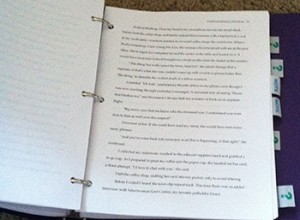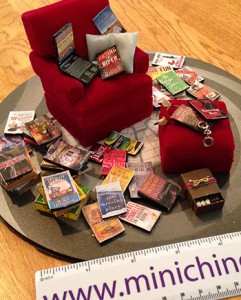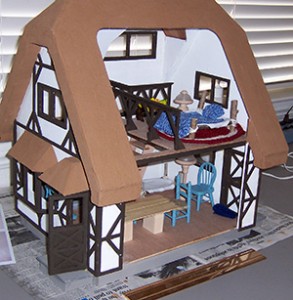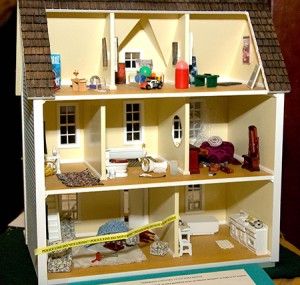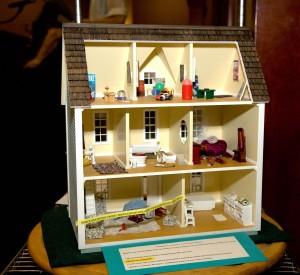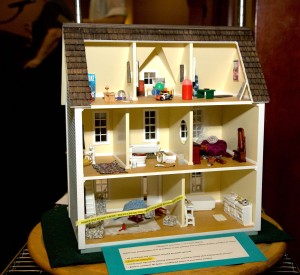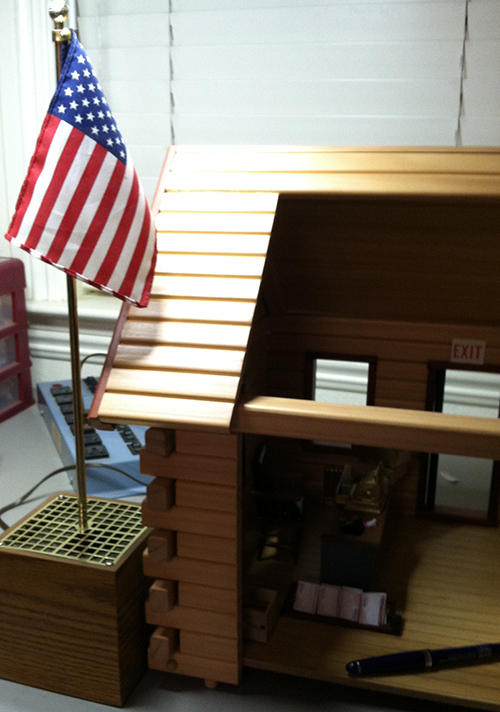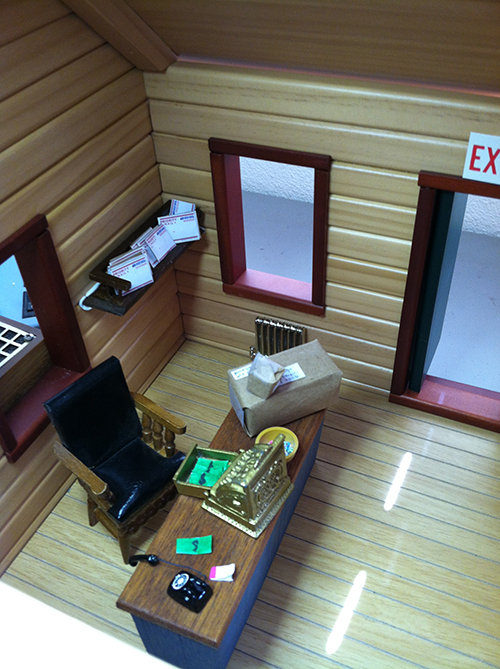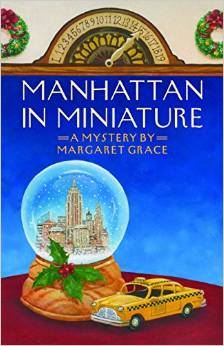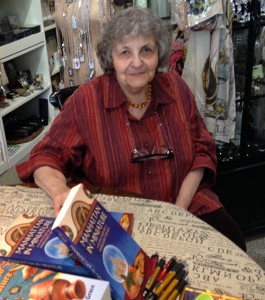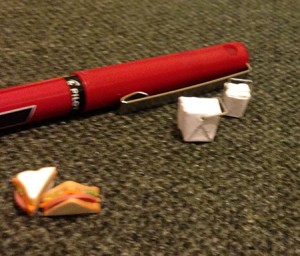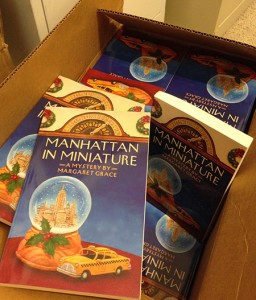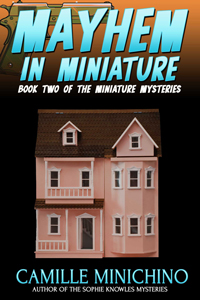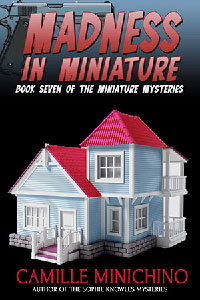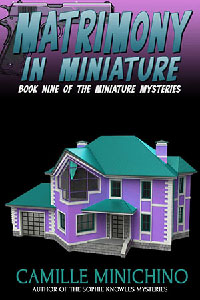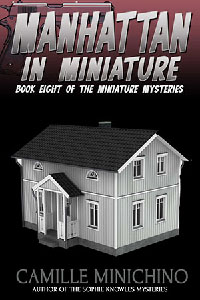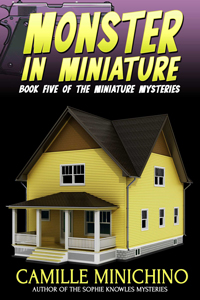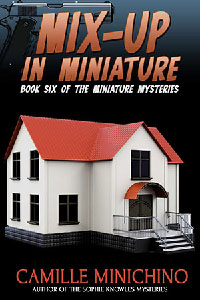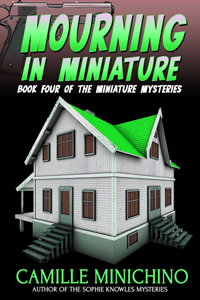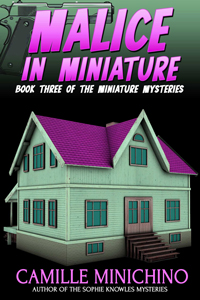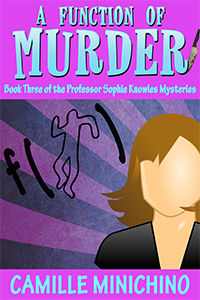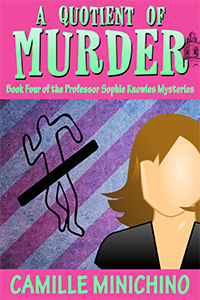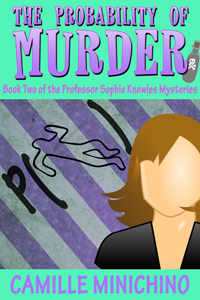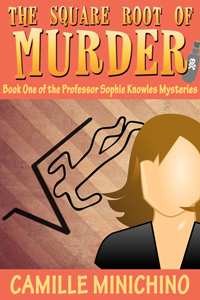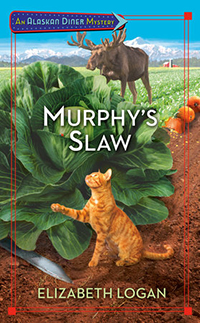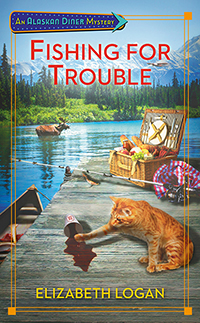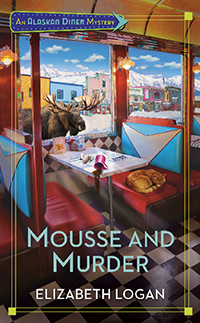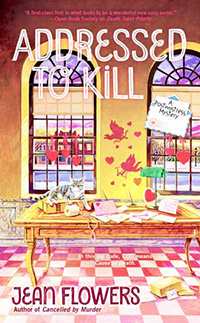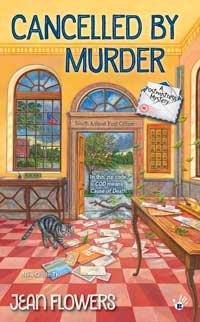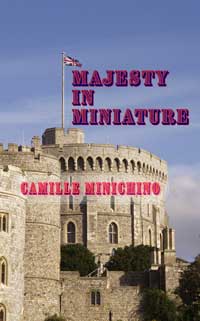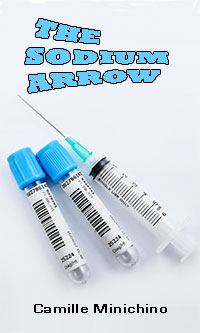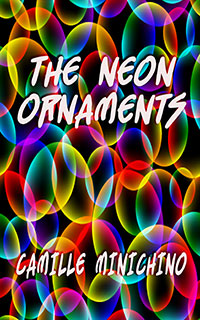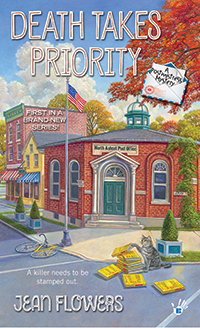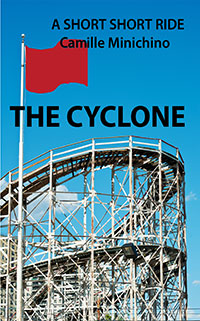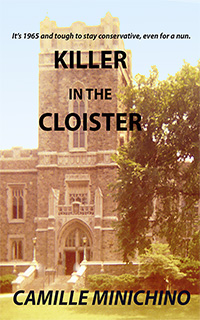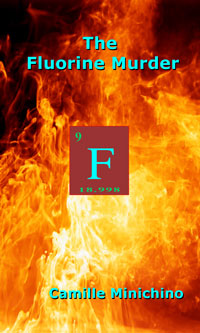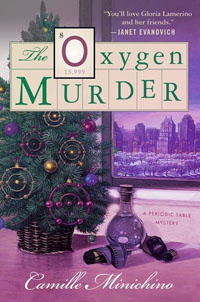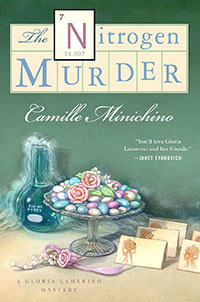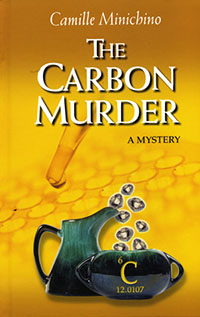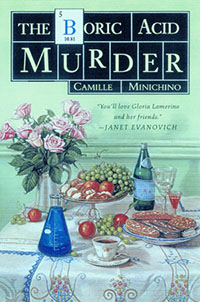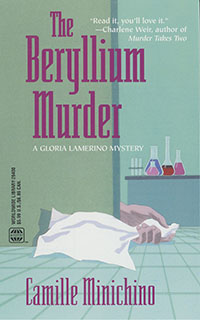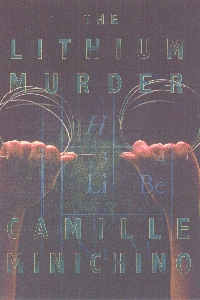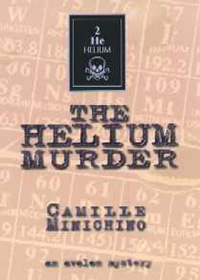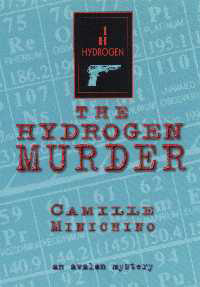Here’s a slightly tweaked blog that appeared on Chris Verstraete‘s site a couple of months ago.
What’s in a name? Could mine have predisposed me to a life-long miniatures hobby and a string of mystery novels about a miniaturist? It makes as much sense as anything.
I don’t remember how long it took me to learn to spell my name—in my day, kids entered first grade with virtually a clean slate. We were lucky to be able to count to 10 (on our fingers) and know the way to the corner store. There were no public kindergartens, let alone pre-schools, pre-pre-schools, and so on. Our mothers didn’t read to us, explain the world to us constantly, or teach us anything but to be seen and not heard. At least, that’s how it was in my neighborhood.
So it might have taken a couple of grades for me to master CAMILLE MINICHINO, the 16 letters that make up my name.
Meanwhile, I played with the one “toy” I had, which was a dollhouse my father built for me. Along with my favorite cousin, I turned everything into minis. We cut up old greeting cards and “framed” a bird or a flower or a bicycle to decorate the walls of my mini house. We sliced pieces of straw from a broom and made spaghetti. We covered sponges with scraps of fabric and made beds and easy chairs.
We had a whole life in miniature.
I kept that hobby through my adult years. At one time or other, nearly everyone I know has received a miniature “something.” A small sewing scene for my quilt-making friend, a tiny cluttered dorm room for one stepdaughter, a miniature stable for another. In my home I have a post office, a 6-level museum, and a funeral parlor, all in miniature. My embalming room and post office are pictured here.
To give my hobby even wider distribution, I created Geraldine Porter and her granddaughter, Maddie (there’s that M again) and set them free to make minis and solve murders in a slew of mysteries—nine novels and one short story so far. That meant I had to come up enough M’s for the titles: Murder, Mayhem, Malice, Mourning, Monster, Mix-up, Madness, Majesty, and Manhattan are out in paper and e-book formats. Matrimony in Miniature will be released in September 2016.
Anyone have an M for the next one?
 Filed Under :
Filed Under :  Jun.16,2016
Jun.16,2016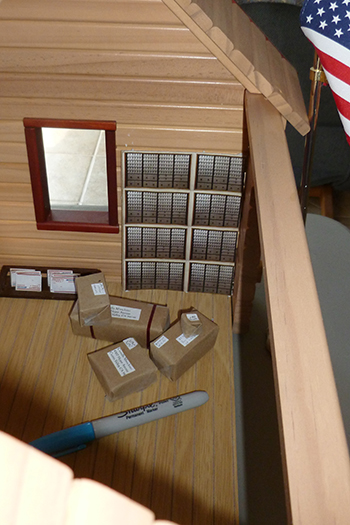
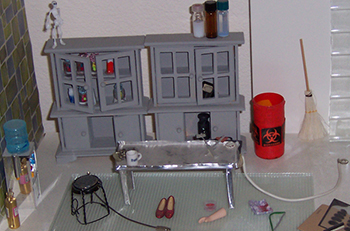
 Tags :
Tags : 
